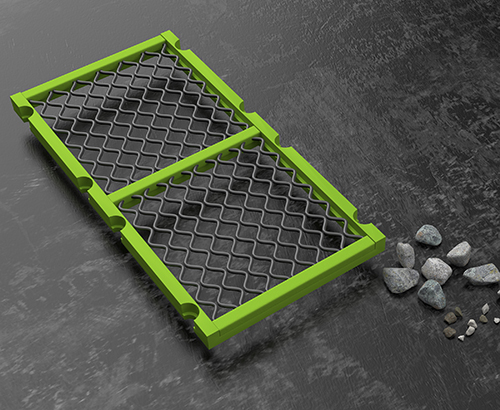
As the economy continues to improve, so, too, will demand for housing. Currently, Branch says the U.S. is about 3 million units shy of the number needed to satisfy demographic demand.
Multifamily housing demand, which spiked amid the decline in single-family demand, is expected to weaken in 2023.
“The multifamily sector is a hybrid between a true residential sector and income property, in the sense that a lot of investment goes into that market,” Branch says. “As the economy weakens in the first half of the year, that investment side of the market will also weaken. I think 2023 is a down year for multifamily, but [I] would expect a recovery in multifamily construction in late 2023 [or] early 2024.”
Nonbuilding
Nonbuilding spending spiked in the third quarter after a stagnant first six months of 2022.
According to Branch, the first half of the year was essentially flat versus a year earlier. But nonbuilding jumped in the third quarter when the disbursement of Infrastructure Investment & Jobs Act (IIJA) funds gained momentum.
Infrastructure spending could increase even further in 2023, Branch says, but growth hinges on the continued disbursement of IIJA funds.
“Near term, one thing that is reasonably unique is that everyone is counting on infrastructure dollars to provide stability,” Branch says. “However, many dollars still need to be appropriated by Congress every year. [It] has become a slow and sticky process, which could delay projects and create a bit of uncertainty.”
A lingering concern is that delays in the appropriation of funds could carry into 2023.
“We’re on a continuing resolution right now to fund the government through the midpoint of December, keeping funding for infrastructure level with last year,” Branch says. “We assume that once Congress comes back from the midterm break that they will get on that in mid-December, before the new Congress takes over in January.”
Recession-free 2023?
Branch does not believe the U.S. is currently in a recession despite two consecutive quarters of negative GDP growth in the first half of the year.
“I would point back to the labor market,” Branch says. “Overall, we’re adding 380,000 new jobs per month, on average, over the last six months. The unemployment rate of 3.5 percent is right where it was prior to the pandemic. This is not a labor market that’s sending recessionary signals.”
Looking ahead, Branch says the U.S. is going to get very close to a recession next year. While there is a path to avoid a recession in 2023, he says it is very narrow.
Branch expects the Fed to continue to raise interest rates through January, and he anticipates the first quarter of 2023 to be negative for GDP growth.
The potential saving grace next year would be a decrease in core inflation, he adds.
“If we start to see core inflation improve over the next several months and firms do not cut jobs in an aggressive way, I think we’ll see negative [GDP growth] in 2023 Q1,” Branch says. “But then 2023 Q2 will be just a little bit above zero. So we would narrowly skirt a technical recession in the first half of the year.”












